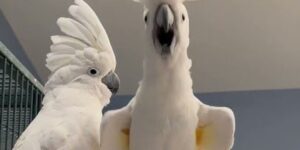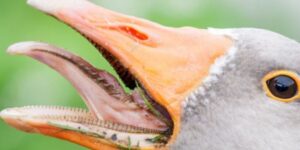Introduction
Have you ever marveled at the vivid beauty of purple bird? These enchanting creatures, draped in shades of violet and indigo, are more than just a feast for the eyes. They inhabit some of the most unique ecosystems around the globe. From lush rainforests to arid deserts, purple birds have evolved remarkable adaptations that allow them to thrive in their colorful lives.
Join us on an exploration into the diverse habitats where these stunning avians reside. We’ll uncover fascinating facts about their behaviors and how they blend seamlessly into their environments. Whether you’re a birdwatching enthusiast or simply curious about nature’s wonders, there’s something extraordinary waiting for you in the world of purple birds!
The Unique Habitats of Purple Bird: Adapting to Their Colorful Lives
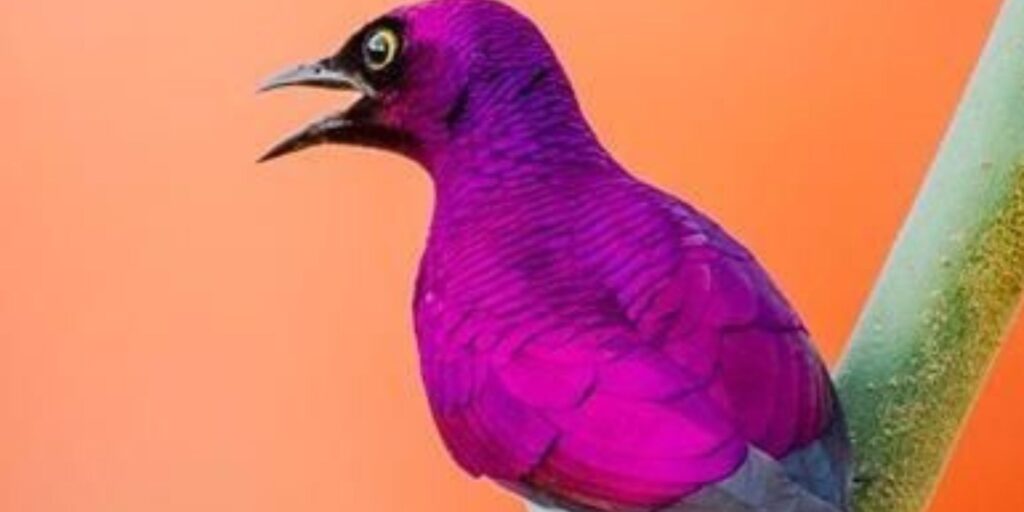
Purple bird are found in a variety of habitats, each showcasing their vibrant plumage against diverse backdrops. From tropical rainforests to arid deserts, these creatures have adapted uniquely to survive and thrive.
In lush jungles, the deep greens create a stunning contrast with the bright purples of birds like the violet-crowned hummingbird. This environment provides ample food sources, such as nectar-rich flowers and an abundance of insects. Their colors help them blend into the floral landscape while attracting mates.
Conversely, some purple species inhabit more open environments. The lilac-breasted roller is famous for its striking appearance against grasslands and savannas. Here, they rely on keen eyesight to spot prey from above before swooping down to catch it. Their adaptability allows them to flourish where others may struggle.
Wetland areas also host fascinating purple bird species like the purple gallinule. These marsh-dwelling birds have long legs that enable them to navigate through dense vegetation while searching for aquatic plants and small fish.
Even urban settings can be home to certain purple birds that adapt remarkably well amidst human structures. They often find refuge in parks or gardens filled with colorful blooms that attract insects—making cities surprising sanctuaries for these avian beauties.
Each habitat presents unique challenges and opportunities for survival, showcasing how adaptable these vibrant creatures truly are in our ever-changing world.
Discovering Purple Bird Around the World
Purple bird are a captivating sight, drawing attention with their vibrant hues and unique features. They can be found scattered across different continents, each species adapting to its environment in fascinating ways.
In North America, the Purple Martin is one of the most notable purple birds. These swallows are known for their acrobatic flight patterns and social behavior. Nesting in colonies, they often choose human-made structures for their homes. Their striking iridescent plumage shines brilliantly under the sun.
Moving over to Europe, we encounter the splendid violet-green swallow. With its shimmering feathers that shift between blue and purple tones, this bird is truly a marvel. It thrives near water bodies where it forages for insects on the wing.
The exotic regions of Asia also showcase remarkable purple avians like the Greater Indian Hill Myna. While not entirely purple, these birds have stunning yellow accents that complement their dark plumage beautifully. Their ability to mimic sounds adds an intriguing layer to their charm.
Africa boasts several beautiful species too; among them is the lilac-breasted roller. This bird’s brilliant colors change from turquoise to rich purples as it flits about savannas and woodlands searching for food.
Australia reveals its treasures with species such as the Purple-crowned Lorikeet. Known for its playful nature and bright colors, this bird feeds primarily on nectar while spreading joy wherever it goes in lush forests.
Purple Birds from Europe
Europe is home to a variety of stunning purple bird, each showcasing the continent’s rich biodiversity. Among these avian wonders is the Eurasian Jay. This intelligent bird features a striking mix of colors, including vibrant purples and blues on its wings. Its adaptability to various habitats makes it a common sight in forests and urban parks alike.
Another notable example is the Purple Heron, often found in wetlands across Europe. With its long neck and elegant stature, this heron sports deep shades of purple along with rust-colored plumes. It thrives in marshy areas where it can hunt for fish and amphibians.
The Common Redstart also deserves mention for its captivating plumage that includes hints of purple during certain seasons. While not entirely purple, these small songbirds have enough coloration to pique interest among birdwatchers. Their cheerful songs fill gardens and woodlands throughout Europe.
In addition to these species, several finches exhibit lovely hues that include violet tones. The European Goldfinch has variations that can reflect shades resembling lavender under sunlight, adding charm wherever they flock together.
Habitats such as dense forests or coastal regions are crucial for many of these birds’ survival. They rely on specific environments for nesting sites or food sources like berries and insects.
Each species plays an essential role within their ecosystem while adapting beautifully to their surroundings—a testament to nature’s artistry across Europe’s landscapes.
Exotic Purple Birds from Other Continents
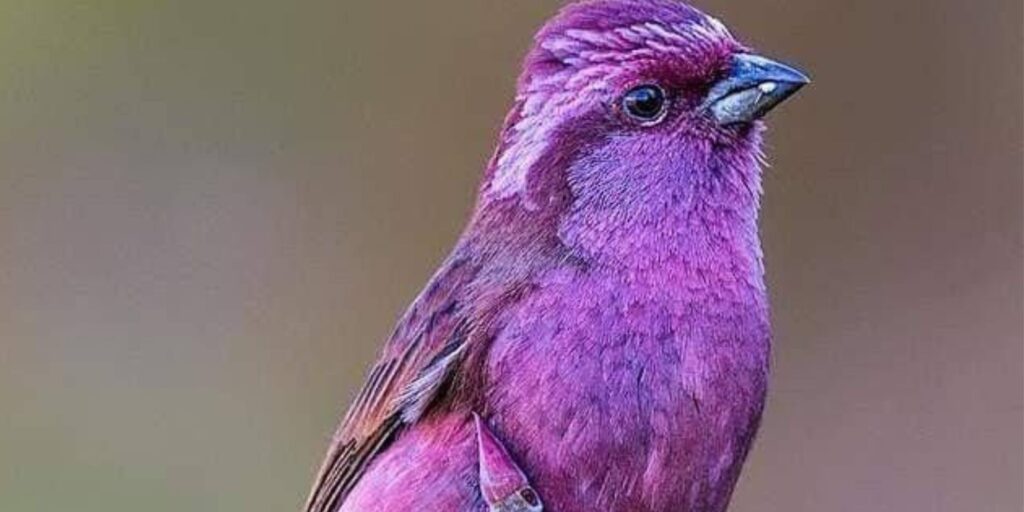
The world is rich with vibrant wildlife, and purple bird are no exception. Across various continents, these stunning creatures flaunt their unique plumage in ways that captivate birdwatchers and nature enthusiasts alike.
In South America, the remarkable Purple Honeycreeper stands out with its vivid color. Found primarily in tropical rainforests, it thrives among the lush foliage. Its diet consists mainly of nectar from flowers, which helps pollinate many plants as it flits between blossoms.
Moving over to Africa, we encounter the striking Violet Turaco. This bird not only boasts deep purple feathers but also features a distinct crest atop its head. It prefers forested areas where it can easily glide through trees while searching for fruits and leaves.
Asia isn’t left behind either; the Blue-winged Pitta showcases hints of purples along with its vibrant hues of blue and green. These elusive birds often dwell near wetlands or dense underbrush where they hunt for insects and snails on the ground.
Australia presents us with yet another gem—the Purple-crowned fairy wren. Males exhibit brilliant colors during mating season to attract females while displaying agile movements among grasses and shrubs.
Each species has adapted uniquely to its habitat’s challenges while maintaining its colorful identities—a testament to nature’s creativity across borders.
Understanding the Unique Features of Purple Birds
Purple bird are a mesmerizing sight in the avian world. Their vibrant plumage often signals unique adaptations that help them thrive in their environments. This colorful hue is not just for show; it plays significant roles in communication and mating rituals.
One of the fascinating features of purple birds is their ability to blend into certain habitats, despite their eye-catching colors. Many species have evolved to inhabit dense foliage where dappled light creates shadows similar to their brilliant feathers. This camouflage aids them in evading predators while they forage or raise young.
Their diet can also be quite diverse, ranging from fruits to insects. Some purple birds exhibit specialized feeding behaviors, such as using long bills to extract nectar from flowers—an adaptation that allows them access to resources others might miss.
Social structures among these birds vary significantly too. Some form flocks during migration while others prefer solitary lifestyles or small family units year-round. These social dynamics can affect everything from foraging strategies to nesting sites.
Moreover, vocalizations play an essential role in their lives. Purple bird songs range from melodic tunes used during courtship displays to sharp calls meant for alerting peers about danger nearby.
Many purple bird species showcase sexual dimorphism—a phenomenon where males and females differ physically beyond reproductive organs. Males tend to flaunt more vivid shades than females, who often possess muted tones that assist with camouflage when nesting.
Adapting to Diverse Environments
Purple bird showcase incredible adaptability across various environments. Their vibrant plumage, often a result of specific pigments and structural coloration, plays a crucial role in their survival strategies.
In tropical rainforests, these birds blend seamlessly with the colorful foliage. The rich hues provide perfect camouflage against predators while enabling them to attract mates. Species like the purple honeycreeper thrive here, feeding on nectar from blossoms high in the canopy.
As we move toward drier habitats, such as deserts or savannas, some purple species exhibit remarkable resilience. The violet-eared waxbill is a prime example; it has adapted to find water sources hidden among sparse vegetation and can forage for seeds that other birds might overlook.
Wetlands also host unique purple avian life. Birds like the purple gallinule have developed long toes that allow them to walk atop floating plants effortlessly. This adaptation enables them to hunt for insects while staying safe from potential threats below.
Urban areas present another challenge where these stunning creatures adapt uniquely. Purple finches are known for nesting in suburban gardens and parks, taking advantage of human-provided food sources during harsh winters.
Through varied diets and behaviors tailored to their surroundings, purple birds demonstrate an extraordinary ability to survive wherever they land. Their resourcefulness not only highlights their beauty but also underlines nature’s capacity for innovation amidst diverse ecological challenges.
Summary of the Adaptations and Behaviors of Purple Birds
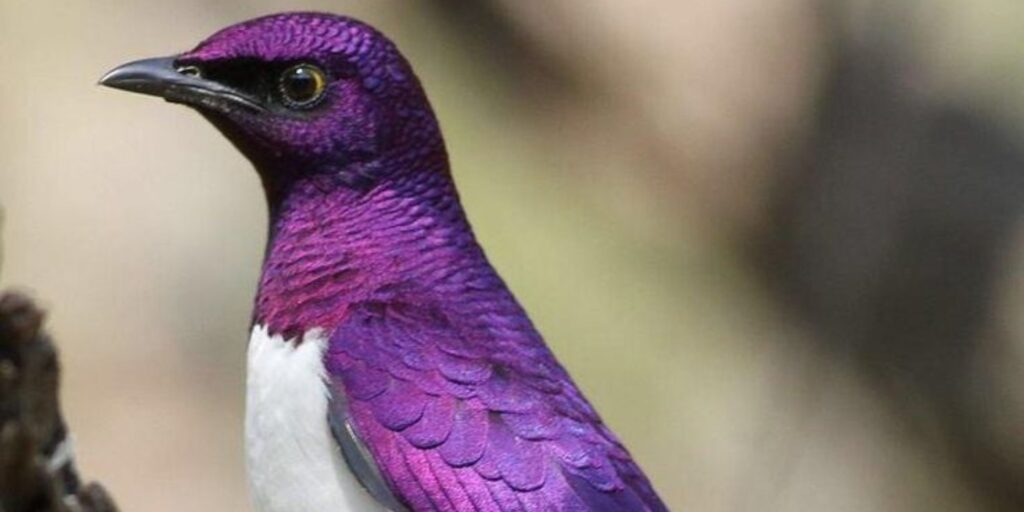
Purple bird showcase a fascinating array of adaptations that allow them to thrive in various habitats across the globe. Their striking colors serve not only for mating displays but also for camouflage, helping them blend into vibrant environments such as lush foliage or colorful flowers.
These birds exhibit remarkable behaviors tailored to their surroundings. For instance, some species build intricate nests high in trees or hidden within dense vegetation, utilizing materials that offer protection against predators and harsh weather conditions.
Feeding habits vary widely among purple birds. Many have specialized diets that include fruits, nectar, insects, and seeds. This adaptability allows them to exploit different food sources depending on what is available in their habitat.
Social structures can also differ significantly from one species to another. While some prefer solitude or monogamous pair bonds during breeding season, others engage in communal living where they benefit from cooperative feeding and nesting strategies.
The resilience of these avian wonders highlights how nature’s palette allows life forms like purple birds to flourish despite environmental challenges. Each adaptation contributes uniquely to their survival while painting the world with vivid hues of purple—a reminder of nature’s creativity and diversity at work through evolution.
